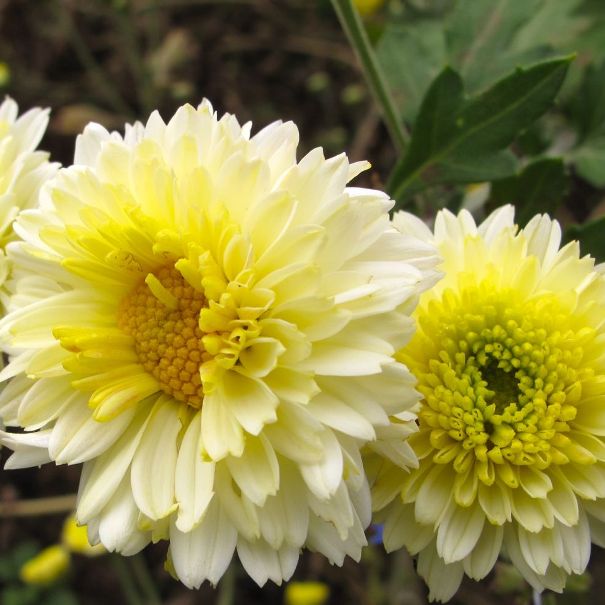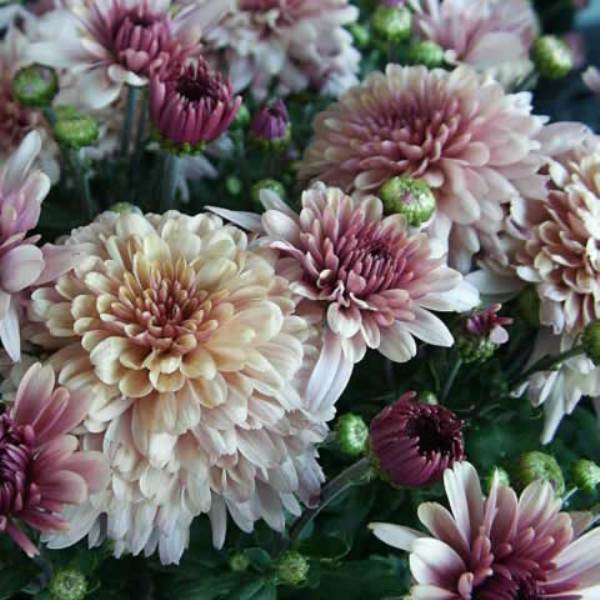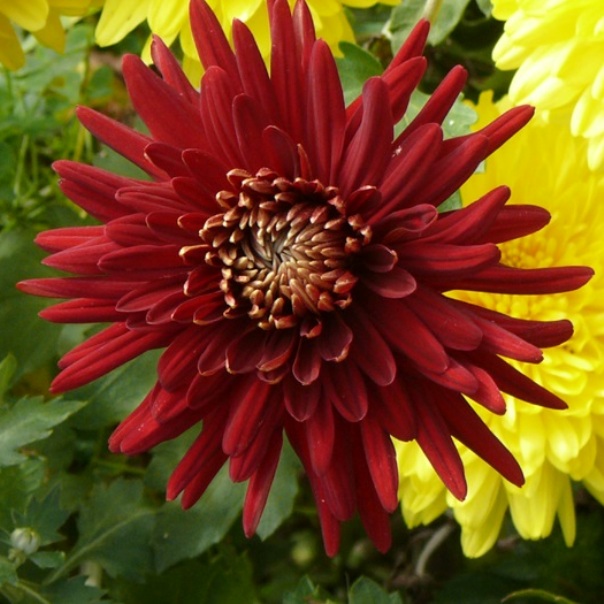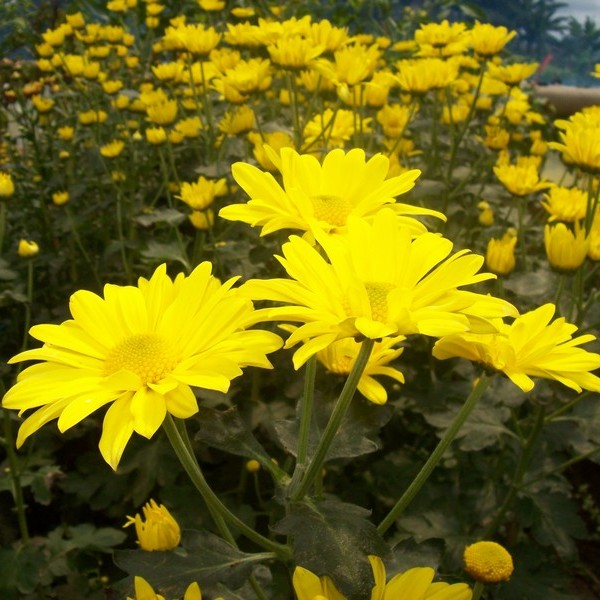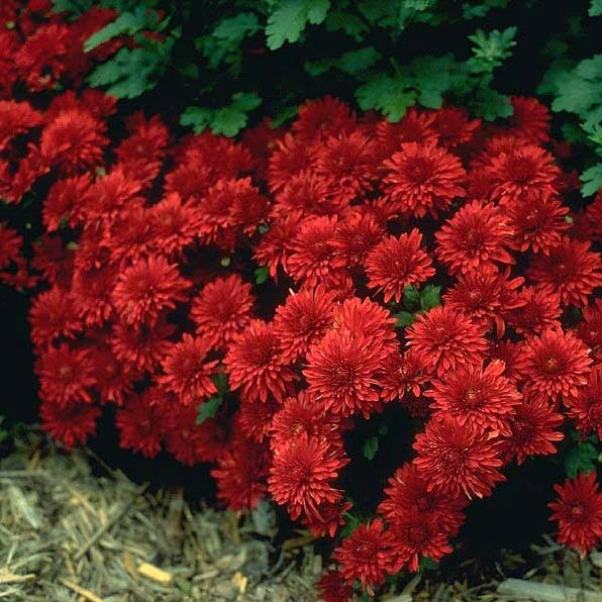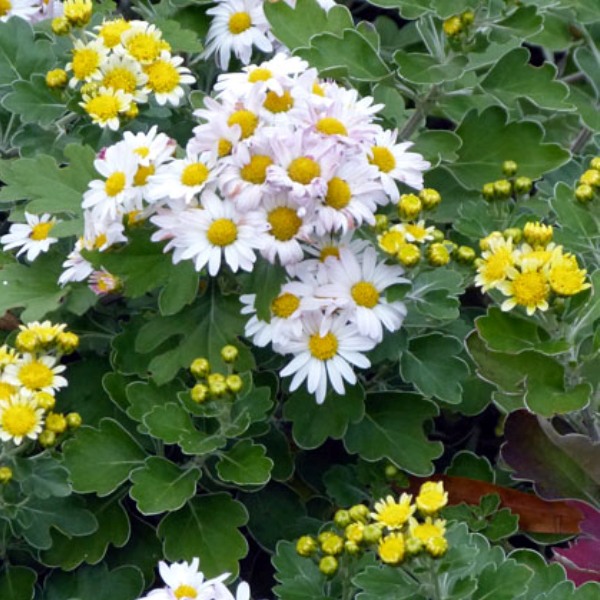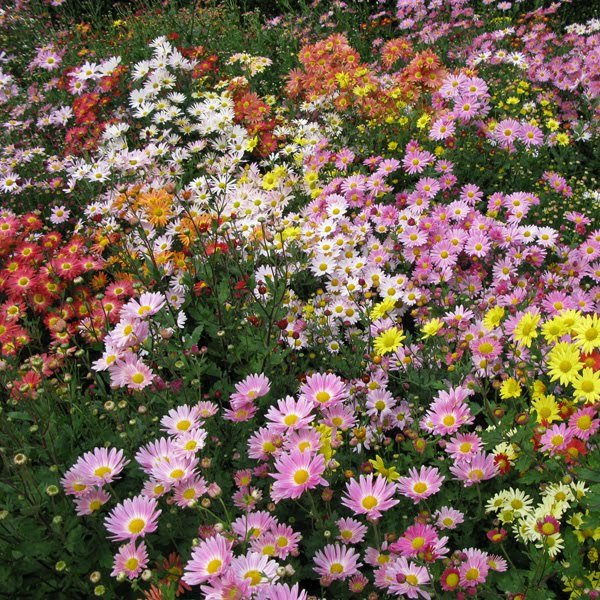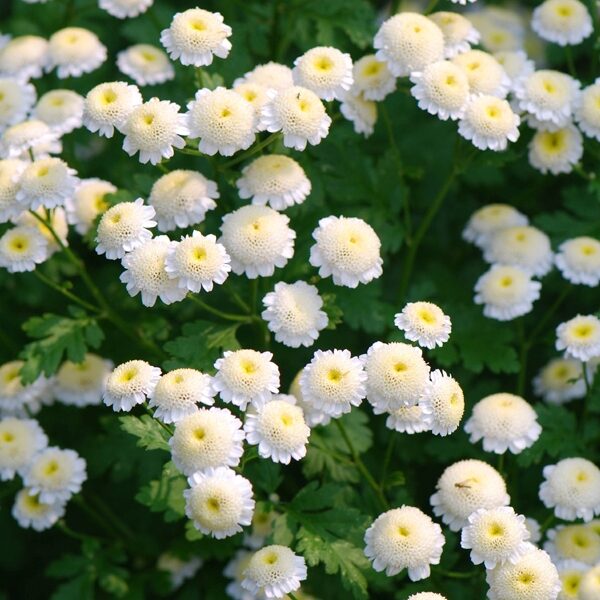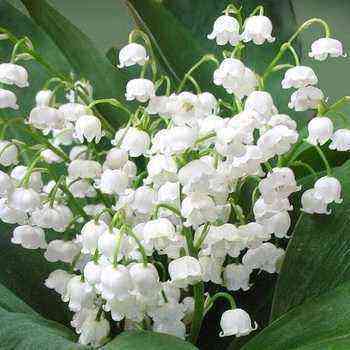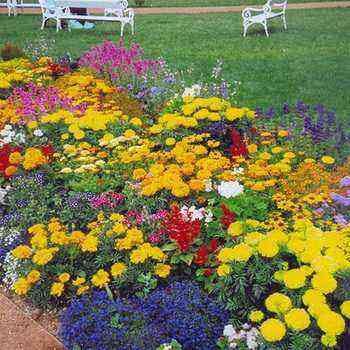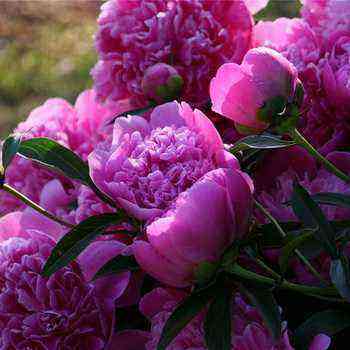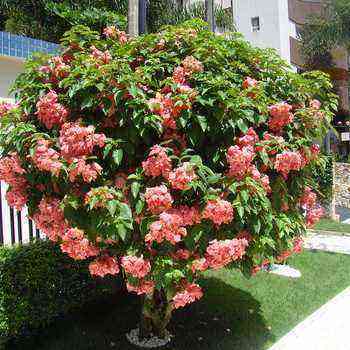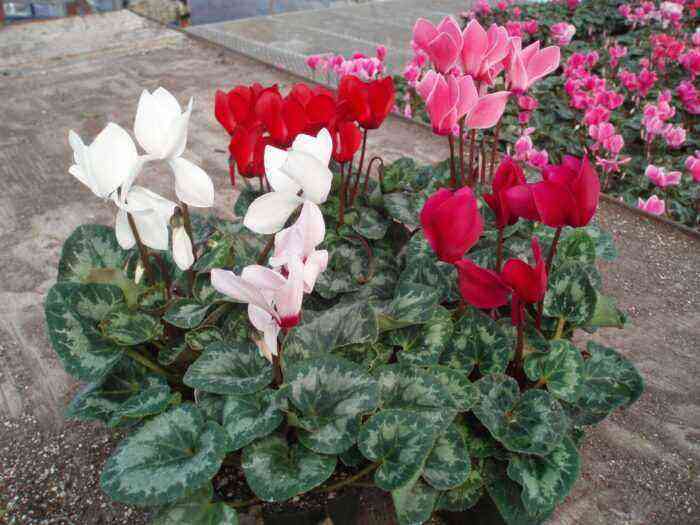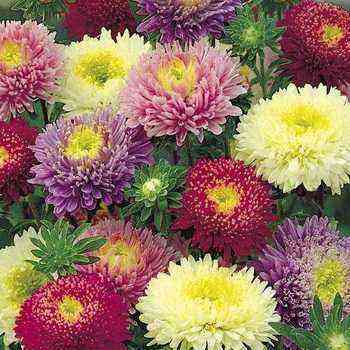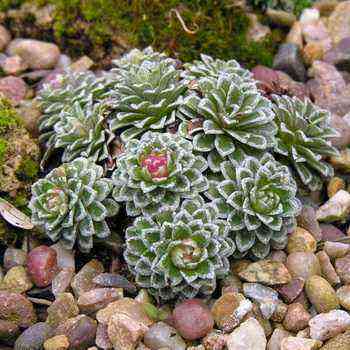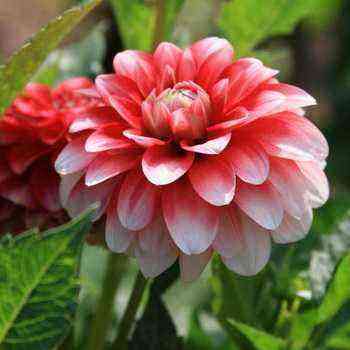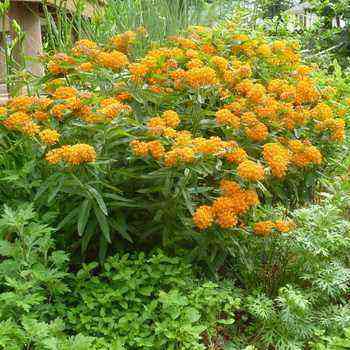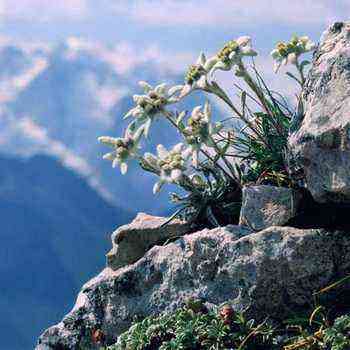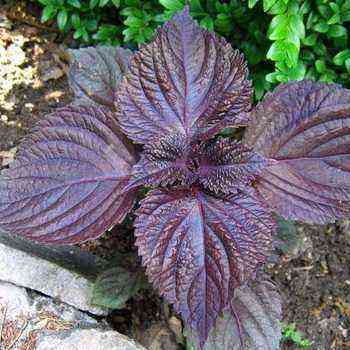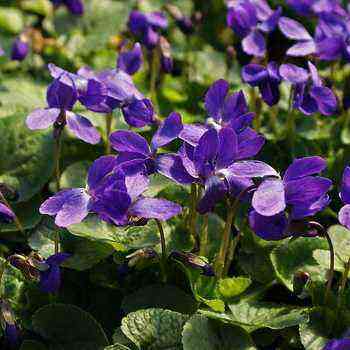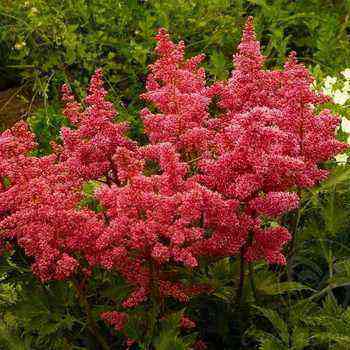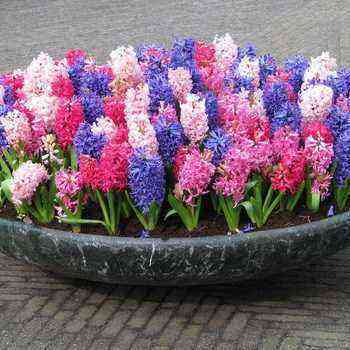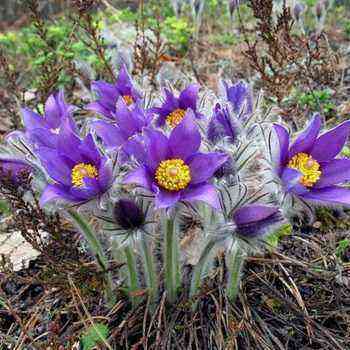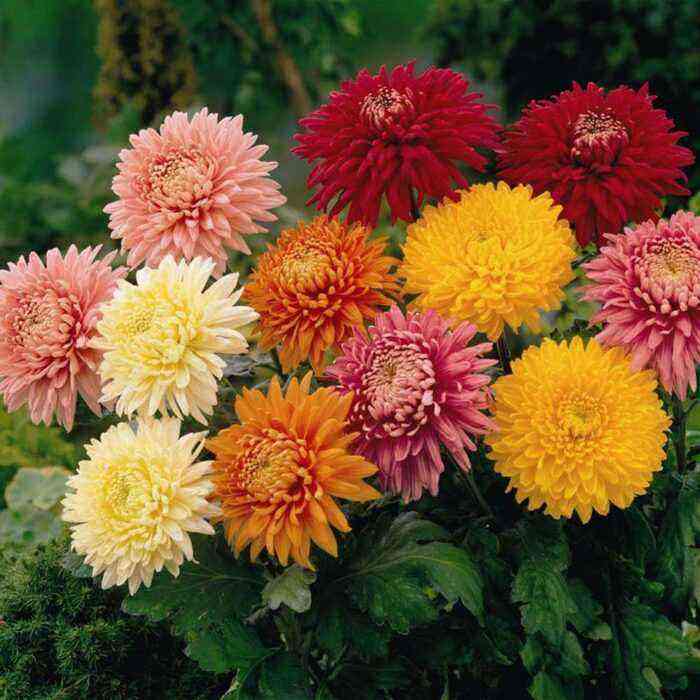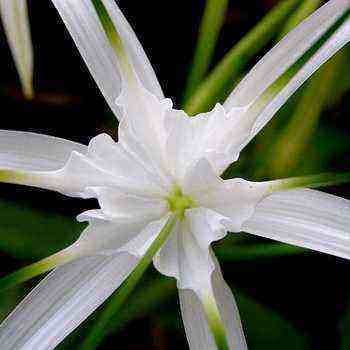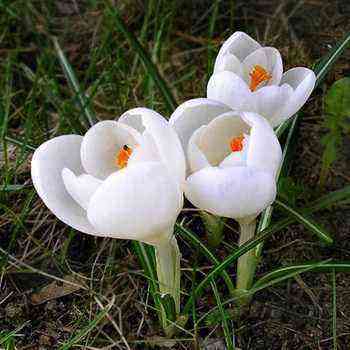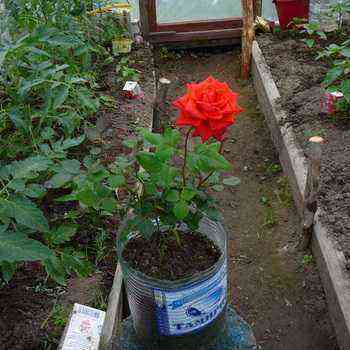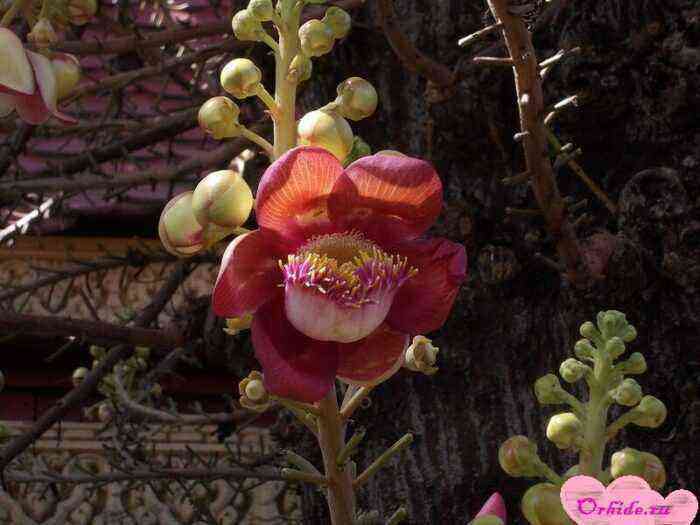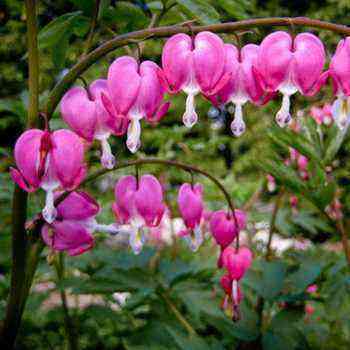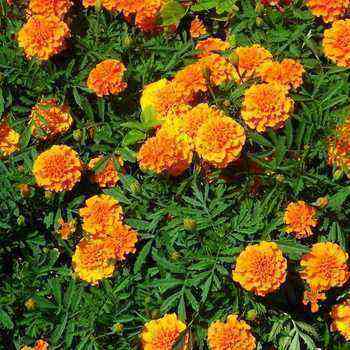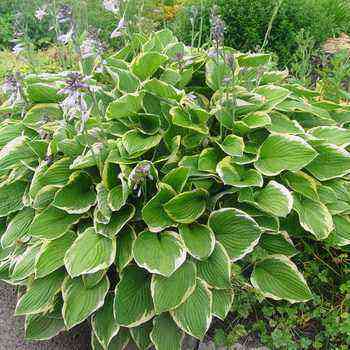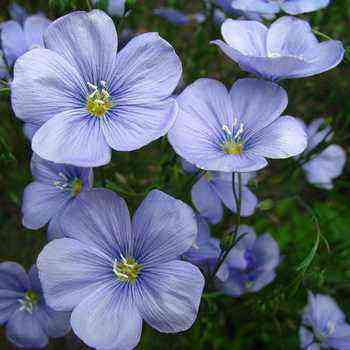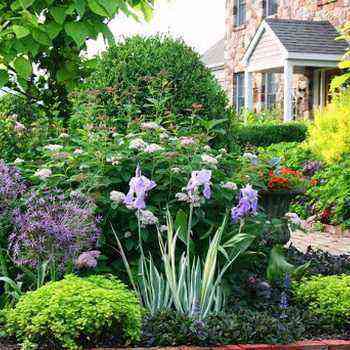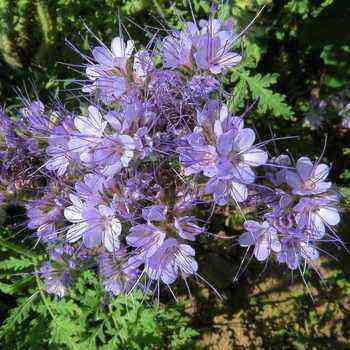Among the variety of plants for the organization of flower beds and flower beds, a special place is occupied by the so-called “classics of the genre”. It invariably includes, year after year, perennial garden chrysanthemums, which amaze the imagination of even the most sophisticated grower with the variety of their varietal colors, shapes and types. In this material, you will learn about the varieties, planting and caring for perennial garden chrysanthemums. Numerous photos of chrysanthemums for the garden will help you to appreciate the riot of colors and choose the types that are suitable for you.
Description of garden chrysanthemums and their photos
Garden chrysanthemums are flowers that inspire optimism even in the most skeptical pessimist. They decorate not only the garden, but also the life of a person keen on breeding beautiful plants and flowers. Reading any description of a garden chrysanthemum on a newly acquired bag with a newfangled variety, you are amazed at how successful it is, which has a long flowering period and a variety of colors, bush height, petal shape and degree of terry.
One of the first botanical names of the culture is Chrysanthemum, a little later it was changed to Dendronthema, and more recently it became known to flower growers as perennial garden chrysanthemum.
The culture is subdivided into large-flowered, double and simple forms. There is a classification according to the timing of flowering, color of flowers, their size and decorativeness. There are varieties designed exclusively for cut cultivation. These are bouquet chrysanthemums, which are resistant to the unfavorable conditions of their growth. Depending on the species, plants can grow in the form of a bush culture, or they can have a single non-branching stem. The height of the stems reaches 150 cm, the minimum parameters can be up to 15 cm. This allows you to arrange entire flower beds, consisting of various varieties of garden chrysanthemums, differing in height and flowering time. By the way, they can stretch from mid-June to the time when permanent snow cover is established.
Look at the photo of garden chrysanthemums of different heights and colors of varieties, and appreciate the beauty of this plant:
It is impossible to describe and even list all possible shades by the color of the buds: it is snow-white, and yellow, and orange, and even lemon green and red and purple. You are unlikely to find such a variety of petal colors in any other garden culture.
For the first time, perennial chrysanthemums, the photos of which you see on this page, were noticed by travelers across the vastness of the Far East. The historical homeland of culture is considered to be Manchuria and North China. The inhabitants of these regions not only carefully guarded the wild-growing forms of plants, but also carried out breeding work whenever possible. As a matter of fact, this excursion into distant history will allow us to imagine how unpretentious the representatives of this garden culture are to the conditions of their growth. Although at present we have at our disposal varieties of garden chrysanthemums of exclusively selective origin with improved consumer characteristics.
The description would be far from complete if various beliefs and omens associated with garden chrysanthemums were bypassed. These plants, according to the Chinese sages, have not only the ability to instill hope in a person and help him survive the hardships of life, but also protects from the influence of negative energy, including the evil eye of envious people. Therefore, planting these flowers is not only useful, but also necessary so that your hospitable home always avoids misfortune and adversity. The yellow and green garden chrysanthemums shown in the photo bring wealth and material well-being to homes, and white varieties give health and purity of your thoughts. And if you do not have enough cheerfulness and happiness in your personal life, then start an orange bush next to your house.
Varieties of garden chrysanthemums
In most cases, our gardens contain species that are best adapted to the local climate. However, don’t be afraid to experiment. Choose the most exotic varieties of garden chrysanthemums, photos of which will help you make the right choice, and do not be afraid for their resistance to cold climates. These garden flowers are able to withstand both short-term spring frosts and Siberian winter frosts. The latter becomes possible provided there is sufficient snow cover. Well, or at least additional shelter for the winter with a thick layer of hay or straw.
The most common perennial garden chrysanthemum is Early Yellow, which has a mixed genetic structure and is similar in its decorative properties to Japanese anemones. In total, flower growers have at their disposal about 700 varieties of garden chrysanthemums, among which the largest population has bush forms suitable for cutting and landscape decoration. They are all subdivided into varieties. Consider the most common varieties by the type of inflorescence formation.
Terry feathery forms are distinguished by dense planting of petals, which form spherical shapes and completely hide the flower bed.
Petals of bristly chrysanthemums can sometimes be mistaken for graceful brushes, which are obtained from the exquisite curl of thin petals.
Pompom varieties can boast of the shape of a perfectly round, even ball ; they are distinguished by dense doubleness and long flowering even in the most unfavorable conditions.
Semi-double varieties of garden chrysanthemums in the photo are represented by a wide variety of forms, but the most popular are plants with semi-omitted inflorescences. They have an open center, and along the edges are petals of a wide variety of shapes and shades that tightly cover the receptacle.
Simple varieties are inflorescences graceful in their simplicity, resembling chamomile in shape.
Anemone-like cultivarbut they have only a common name with anemones. In fact, these are simple forms of garden chrysanthemum flowers, which stand out from their fellows in variety only with a more convex inflorescence core. It seems to rise above the petals located at the edges and creates a favorable impression.
Another group of relatively rare varieties is spoon-shaped chrysanthemums . The name of the group comes from the comparative similarity of each petal in its shape to a teaspoon. This is achieved by expanding the surface of the petal closer to the outer edge.
In addition to the listed classifications, there is a conditional subdivision according to the degree of resistance to unfavorable growing conditions. If you want to easily grow such a crop even in the Far North, then planting a garden chrysanthemum will require a specific variety called “Korean chrysanthemum”. But for regions with a mild climate, you can recommend such a miracle of Japan as chrysanthemums of the “Fantasy” variety. Susan’s Bonnet has a high degree of resistance to cold.
Planting garden chrysanthemums
To ensure proper care of garden chrysanthemums, they must be properly planted in pre-designated places on the garden plot. These garden flowers are only resistant to temporary shade. For the active process of laying flower buds, they need a sufficient amount of light. Therefore, planting garden chrysanthemums should be carried out in a place where the sun’s rays are available throughout the day.
For planting chrysanthemum garden flowers, you can use seeds and cuttings harvested from adult plants. Breeding with cuttings is used only if there is a sufficient amount of planting material. The preferred method of planting garden perennial chrysanthemum by sowing seeds. Thus, you can not only guarantee the preservation of all the decorative properties of the flower, but also provide yourself with the maximum variety of varieties at minimum financial costs.
To ensure early flowering, planting of garden chrysanthemums with seeds is used in a seedling way. They can be sown already in mid-February in boxes with pre-prepared soil, light in structure. Seeds should be planted to a depth of no more than 1 cm.They have excellent germination, so do not thicken the planting. Seedlings appear 7 to 10 days after planting. Watering should be done as needed in such a way as to always keep the earthen ball moist. The picking of seedlings is carried out in the phase of the appearance of the first pair of true leaves. Deepening to the sepals into the ground. Water liberally after picking and place for 2 – 3 days in a dark and cool place. Garden perennial chrysanthemums tolerate transplanting well and quickly grow the root system. This invariably affects the development of the green mass of the seedling.
Planting in the ground is possible in mid-May, the more moisture remains in the soil at this moment, the faster the seedlings will start growing. And a very important condition, a week before planting in the ground, it is necessary to harden the seedlings. To do this, you need to start taking them out into the open air every day, starting at 15 minutes and adding the same amount every day.
A fairly simple way of planting a garden chrysanthemum using layering, cuttings and dividing the bush. To obtain planting material, it is enough to cut the cuttings (layering) from an adult bush and put them in water for 7 days. After that, they will have roots and you can plant them directly in the ground. The division of the bush is allowed no earlier than in the 3rd year of the plant’s life.
Caring for garden chrysanthemums during cultivation
In the process of growing chrysanthemum garden flowers, great attention should be paid to the process of forming a bush. For this, trimming and plucking are periodically carried out. The initial pinching is carried out when the central shoot reaches a height of 10 cm. The top is removed. Then we wait for the lateral shoots to reach 10 cm. We also pinch them. After that, the plant continues to grow until flowering.
Also, caring for a garden chrysanthemum is timely watering. The plant is highly dependent on soil moisture levels. It does not tolerate drought and can throw off all the buds, even if the dryness of the earthen coma is observed for only 10 hours.
The second important activity is the introduction of organic and mineral fertilizers. For top dressing, humates and complexes with a predominant content of potassium and magnesium are used. Although at the stage of green mass development, chrysanthemum garden flowers require a large amount of nitrogen. When digging, a large amount of organic matter is introduced into the soil. The soil surface after planting is mulched with compost.
In the process of caring for garden chrysanthemums, the flowering period requires periodic removal of wilted and fading buds. With this simple exercise, you can extend the flowering period by about 3 to 4 weeks.
Look at the photo of garden chrysanthemums with well-formed bushes:
Some varieties of garden perennial chrysanthemums can be made even more decorative. For this, total lateral pruning of shoots is used. Only one stem and one peduncle is left on each plant. In this way, large, large flowers can be obtained. Regalia and Dorridge Beauty are suitable for such “experiments”



